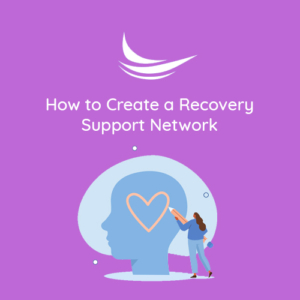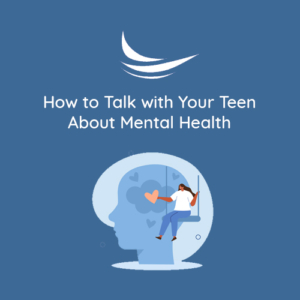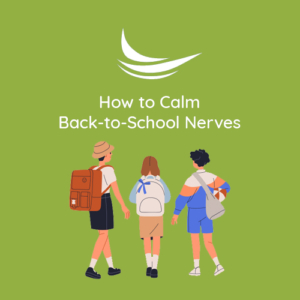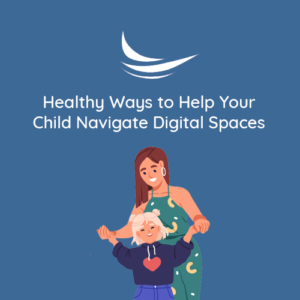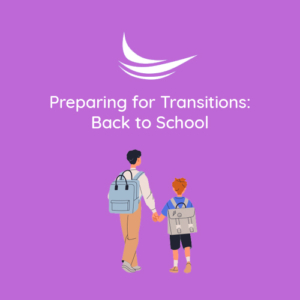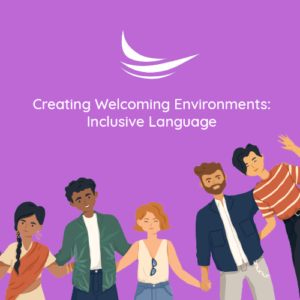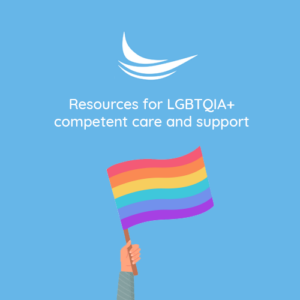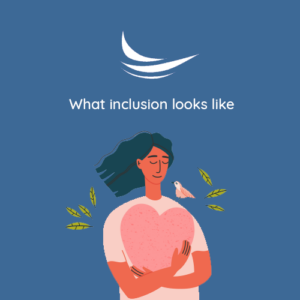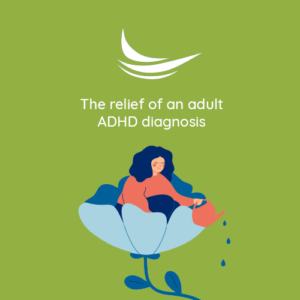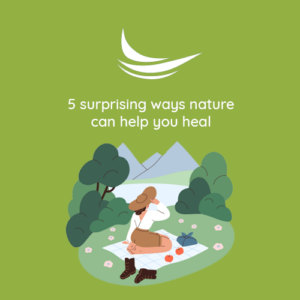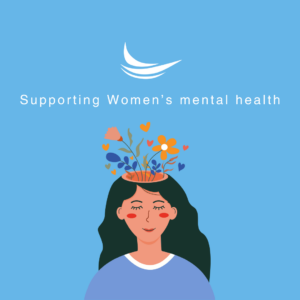Strategies to Build Relationships with Students
 Working with students gives a different perspective when you are immersed in their world.
Working with students gives a different perspective when you are immersed in their world.
I have witnessed the kindest gestures from students, and their beautiful smiles as they greet adults and interact with fellow peers. I’ve seen them become vulnerable, seeking comfort from a supportive adult when there is hardship and building resilience when faced with traumatic stressors. I’ve shared in the joy of celebrating the unique traits and talents of children. Observing their developmental growth as they build new friendships and acquire skills as scholars is so exciting to see!
I’ve also seen the negative aspects that are all too common in schools—bullying and being bullied, opposition and defiance towards those in positions of authority, anger and aggression, social withdrawal, and hopelessness. Failing grades, truancy, substance use, self-harm, suicide attempts, delinquent behaviors, violence, school suspension, out-of-school placement, and systems involvement.
Relationships are key in all these examples.
The power of at least one positive, loving, consistent support is an important basis for secure relationships. Parents and caregivers—your role is SO important in the lives of young people. This role is often filled by others such as grandparents, and kinship such as an aunt or aunt figure. The power of relationships in schools is also very important.
Here are some ways to help foster relationships in the school setting:
Create a Learning Environment that Feels Safe.
This is how learning happens. Many students are going through things that most people are not fully aware of. Adverse childhood experiences (ACES) such as experiencing neglect and abuse, growing up in a family impacted by mental illness and/ or substance misuse, experiences of racism, community violence, and things like housing insecurity and homelessness are prevalent for students. Leaving the home environment and spending the day in a school environment that does not feel safe or supportive can only add to the impact of traumatic stressors.
Children need to be in a learning environment that feels safe, with consistent adults they can connect and attune with. In this type of environment, the hormone oxytocin is released, which has many positive effects on the developing brain. Kids want to try and are ready for learning when in an emotionally safe space.
Things to Consider:
- Who is the first adult that your student meets at the start of their school day? What is this interaction like?
- How do you celebrate each student’s traits and talents? Are you able to identify strengths within each child?
- How is diversity celebrated? Do students have a sense of belonging and connectedness within their environment?
- How is misbehavior addressed, especially for students who are struggling with their mental health or have a disability? How do the adults model these expectations and regulate their emotions when engaging with students?
Engage in Connection Activities
Connecting rituals are important as they help children feel seen and validate their presence. It helps show students that you care.
Be a Consistent Presence
Consistency is important, especially for students with chaotic and disruptive home lives. Knowing that an adult is reliable and consistent helps provide a foundation for safety and stability. Be consistent with addressing problematic behaviors, reinforcing positives, and showing unconditional positive regard.
Demonstrate Unconditional Positive Regard
Acceptance of students and showing compassion even after making poor choices can help shape students’ sense of self and future choices. Shaming and public shame can damage both areas.
Provide Praise and Positive Reinforcement
I love to catch students “doing good” and acknowledge/ celebrate this rather than just looking for misbehavior. Utilizing random pairing of incentives can help reinforce the positives without the incentives becoming “expected’ by the student.
Set High Yet Achievable Standards
Kids need to know that you believe in them, that they can achieve greatness…that they can do anything if they try. Continuing to encourage and develop new skills including social-emotional and academic goals will help prepare children to develop to their full potential. Normalize mistakes as part of the learning process and work towards building a growth mindset.
Support Children by Providing Tools and Resources
Assisting with the appropriate tools and supports to be successful and intervening early can make a significant difference.
Build Community
It takes a village, and each person has a role. The more that family, cultural, and community support can come alongside students, especially those who are struggling and offer support, the stronger we all will be.
Written By: Charlotte Johnson, MA, LPCC

